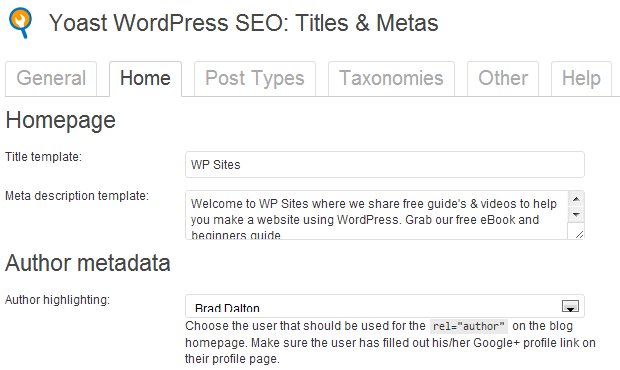

The correct translation of keywords, together with the correct translation of meta tags, is essential to achieving better website positioning. It is also important not to confuse the translation of the keywords that appear within the website content with the meta keywords that appear in the website code. The content must be adapted to the target audience's language and culture, while offering attractive and persuasive content, using international copywriting techniques all this will increase the click-through rate of the pages and increase the traffic to the website. However, these meta tags must be translated with great case, taking into account not only the language, but also the keywords and cultural differences in the use of language. Meta tags like the meta title and meta description are essential for users to find relative and engaging content in search results. The translation of meta tags on a website is crucial for achieving proper search engine optimisation and improving international SEO. You ought to know that, for SEO purposes, the majority of search engines such as Google and Yandex take these tags into account for website positioning, and so they will have to be translated or not depending on the country of destination. There are other metatags, such as keywords, that some website administrators still take into account and ask to be translated. In short, we can say that the "meta title" tag defines the title of the page, while the title tag provides the same title of the page in the body of the HTML document. The meta title tag is used to provide additional information on the title of the page. We must differentiate the "title" and the "meta title" although the same title is often placed in tags, the title tag is not the same as the title used to define the main title of the HTML document. it gives you information on the main topic that this page is about. So, it indicates the title of the page that is being viewed to the browser, i.e. The title defined in the "meta title" tag will usually appear in the browser bar and will be used to be shown in the search engine. This is how the rest of the metatags are the head of the HTML code. The HTML "meta title" tag is used to specify the title of a website. The 3 most important are listed below: Meta Title It is therefore important that website owners pay attention to these details when creating their metatags to ensure a better positioning in search engines. These metatags can greatly influence how search engines classify and present a website in search results. What metatags are there?Īmong the most main types of metatags are those that provide information on the title of the page, description and relevant keywords. A suitable use of the metatags can significantly improve the visibility and positioning of a page in the search results, which in turn can increase the traffic and visibility of the website. You can include data such as the title of the page, description, keywords, creation date, author and language.Īlthough they are not visible to users, metatags are essential for search engines to understand and classify a website properly.

#META DESCRIPTION COUNTER CODE#
These HTML code fragments are placed in the head section of a page and provide search engine information on the content of the website. Metatags are important HTML elements to improve the positioning of a website on search engines. The metatags are code fragments within the section and that are used to give information to search engines about each of the pages of a website.

Let's see what the main meta tags are and why it is so important to translate them. The translation of a website's metatags is vital for achieving good SEO positioning in search engines.


 0 kommentar(er)
0 kommentar(er)
